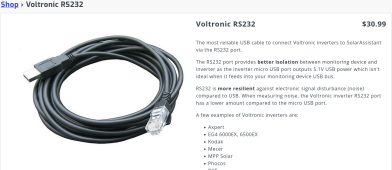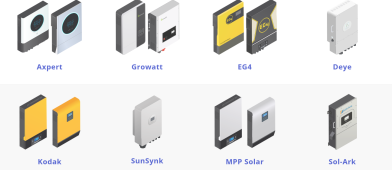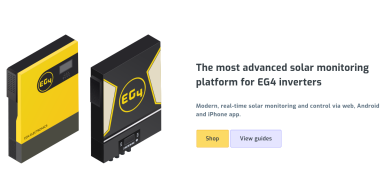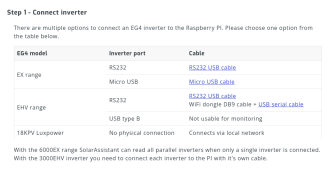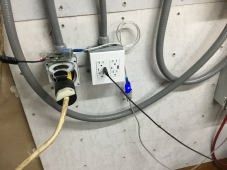wildbillpdx
Solar Enthusiast
I just received this from EG4/Signature Solar support:
"I'm glad to see the system is running again, although I would personally not advise using Solar-Assistant as it will burn up the communication card of EG4 inverters. It sends an additional 32V back into the port it's connected to. Also it voids the warranty of EG4 inverters since it is an unsupported configuration."
So I have to say, WHAT? How does that work? The Raspberry Pi is only 5 volts. Has anyone else been told this? I'm using the same cable that comes with the inverter, used by a Windows computer to update firmware on the inverter. Does that mean that a firmware update can damage the inverter (6000EX)? Anyone from Signature want to chime in? @BenFromSignatureSolar ?
"I'm glad to see the system is running again, although I would personally not advise using Solar-Assistant as it will burn up the communication card of EG4 inverters. It sends an additional 32V back into the port it's connected to. Also it voids the warranty of EG4 inverters since it is an unsupported configuration."
So I have to say, WHAT? How does that work? The Raspberry Pi is only 5 volts. Has anyone else been told this? I'm using the same cable that comes with the inverter, used by a Windows computer to update firmware on the inverter. Does that mean that a firmware update can damage the inverter (6000EX)? Anyone from Signature want to chime in? @BenFromSignatureSolar ?



